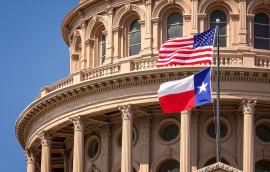Global Update 2011: USA
The NIH, which has an annual budget of over US$31 billion, is the world’s largest biomedical research agency and is a major strength for science in the U.S. Despite the political nature of stem cell research, this area of science has flourished across the country. In 2010, the NIH funded approximately US$1.3 billion in stem cell research. According to the ISI Web of Science, more than 4,000 U.S.-authored stem cell publications were produced in 2010 — approximately 40% of the world total. The average citation rate was 4.12 per article, with six articles amassing 100 citations in less than 18 months after release.
Kirstin R.W. Matthews October 14, 2011







